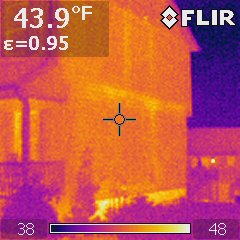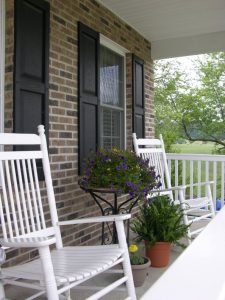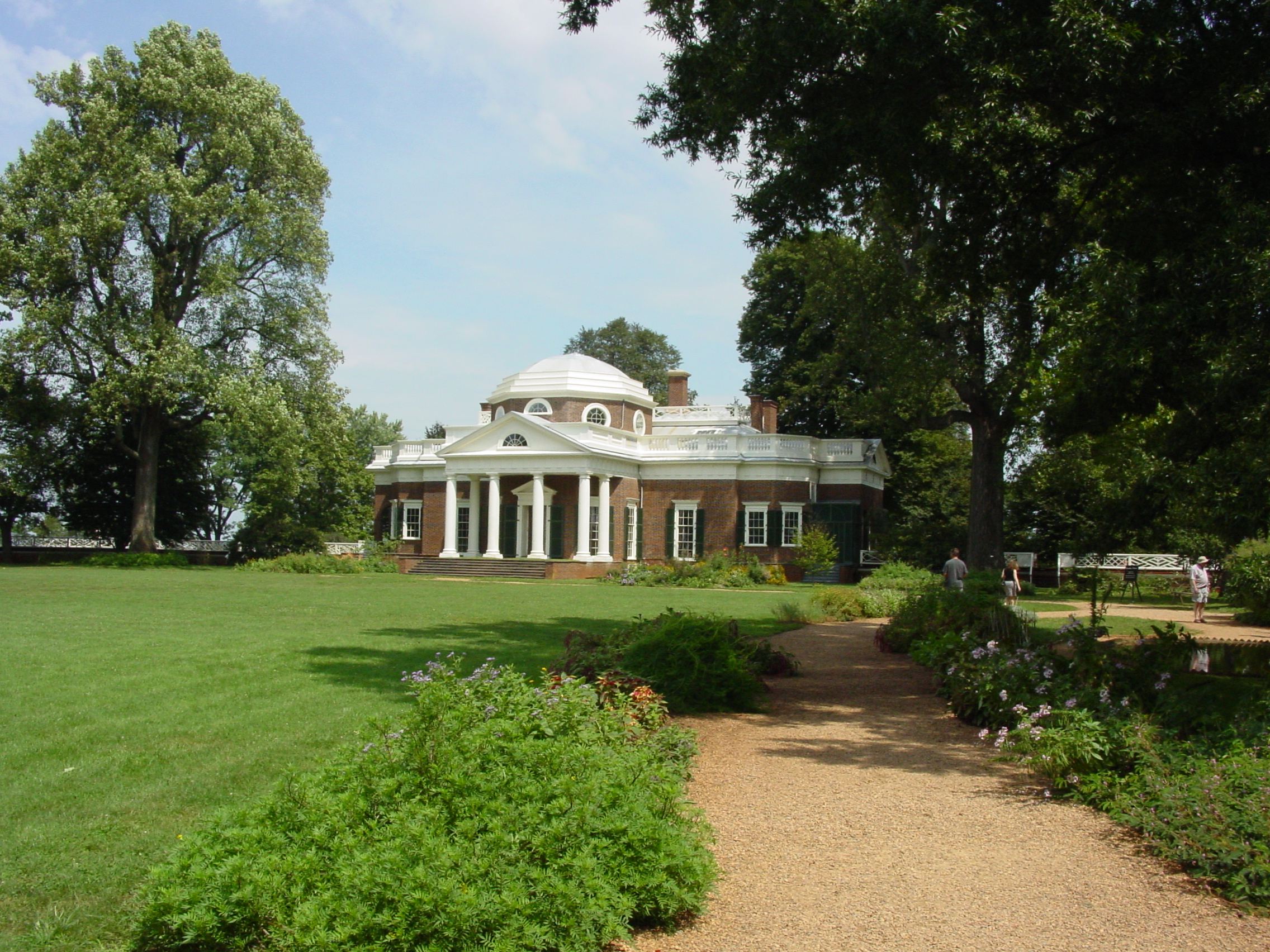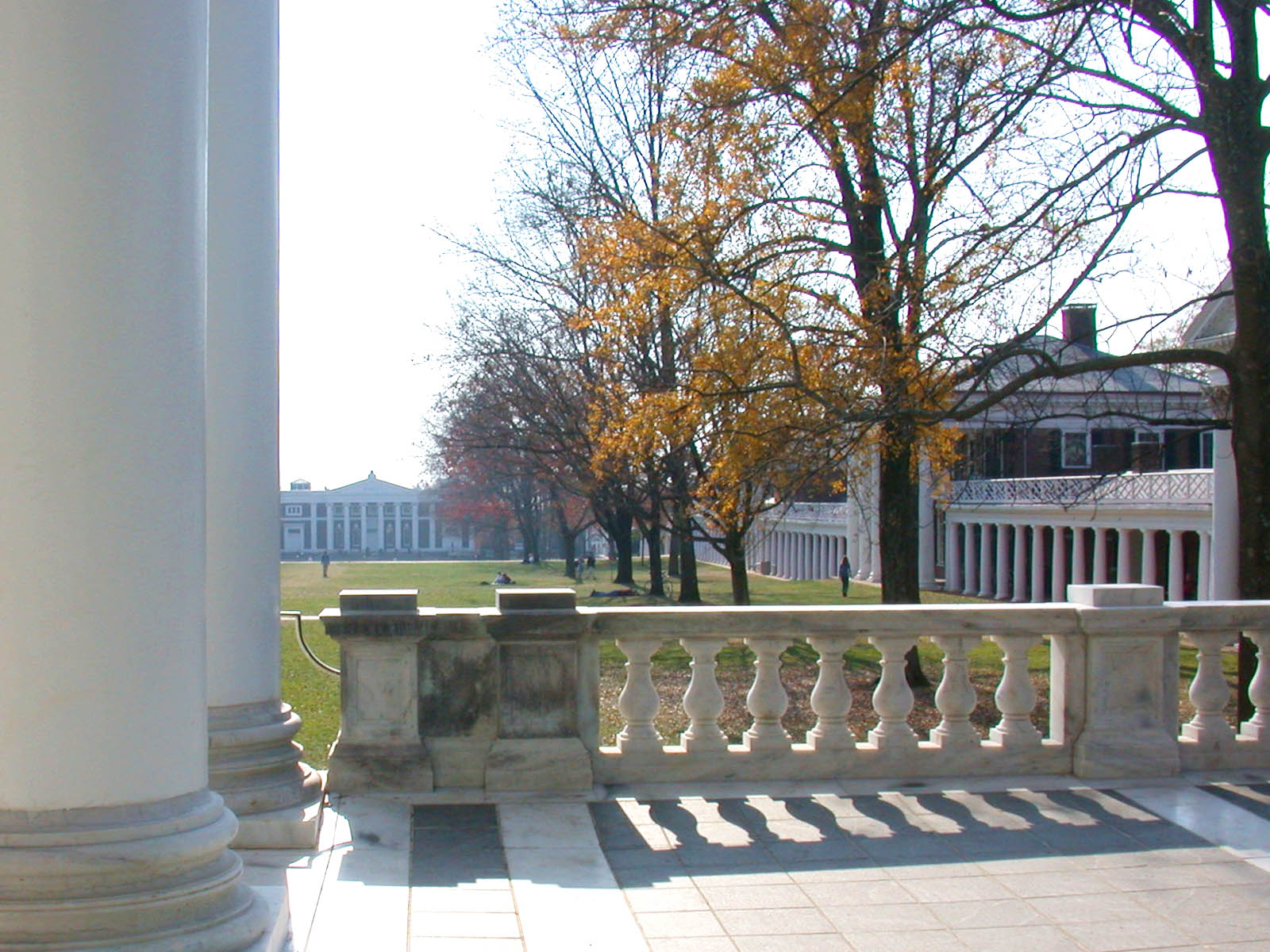Does Going Green Cost More? Nope!
Does green cost more? This is a question I get all the time from everyone. The answer is ABSOLUTELY NOT!!!!
Going green is a vague term that means lots of things to lots of people. For many it is simply energy-efficient strategies. Building a home that is energy-efficient is actually mandated by code, but hard to enforce. Most quality builders understand that just getting by is not a good business model and build better than code. Other strategies for going green are to use native plantings, using water conserving fixtures, No-VOC paints and caulk, and a well designed heating and cooling system.
Success Story

A few years ago I purchased a slightly better than code minimum house in the Valley. The insulation is fiberglass (can be done right, but it is really hard to make it work), the windows are vinyl (this is an area that I would encourage you to upgrade), and the Heating and Cooling system is minimal. We purchased the home with the goal of buying a house that would be easy to resell in three – five years while we got our feet on the ground from both my wife and I changing our jobs (she switched jobs and I changed roles in mine). We lived in the home for a year suffering through the high electric bills that come with a home-built to those standards. Then I decided to ‘fix’ the problems. I air sealed the home as best as I could without tearing out any drywall, removing any trim, or doing any major renovation. Basically I used a lot of DAP caulk in strategic places. Then I hired an expert, Elite Insulation, to come and do the work that I do not enjoy – strategic insulation. We doubled the attic insulation and air sealed using spray foam the bonus room above the garage. The total cost for my ‘upgrades’ was $1,500. I saved $500 in the next year on energy bills. So my investment had a three-year payback (in the same economy where every other investment was moving backwards this one was cash positive in three years). I also took advantage of the incentive programs that were available at the time which made my project a two-year payback, but those programs have expired so I will not spend time explaining them.

I realize that $1,500 is a lot of money to most people in this economy. That would feed a family for several weeks, keep your car on the road for several months, or get you a weekend away from the stress of life. However, if you look at the bigger picture, in two years (had we not sold the house) we would have had $500 more in our pocket every year to save for other things.
Going green is not about politics, it is not more expensive, and it is not complicated. It is simply finding people who have the knowledge to help you, looking at a bigger picture, and making strategic choices along the way.


